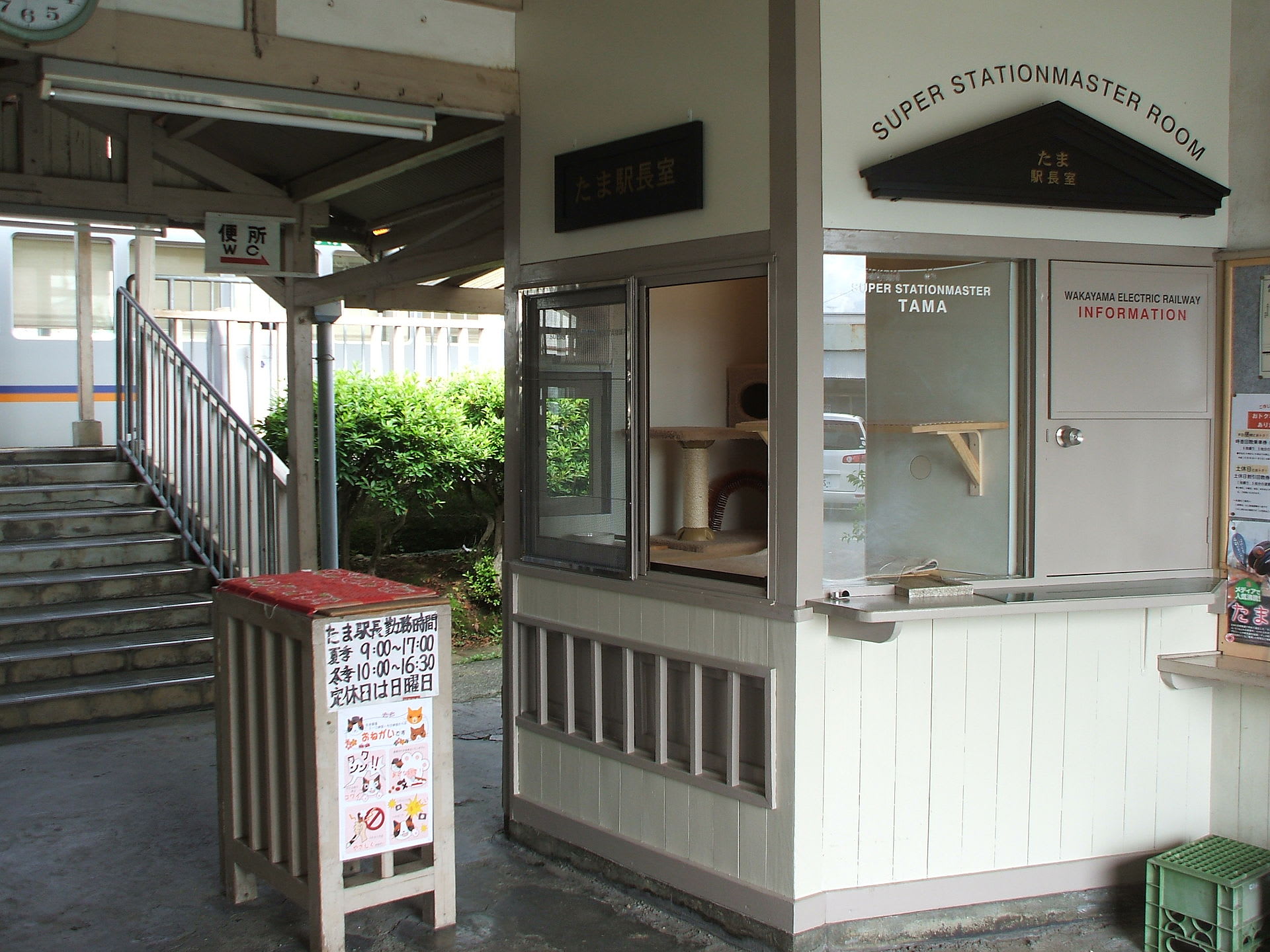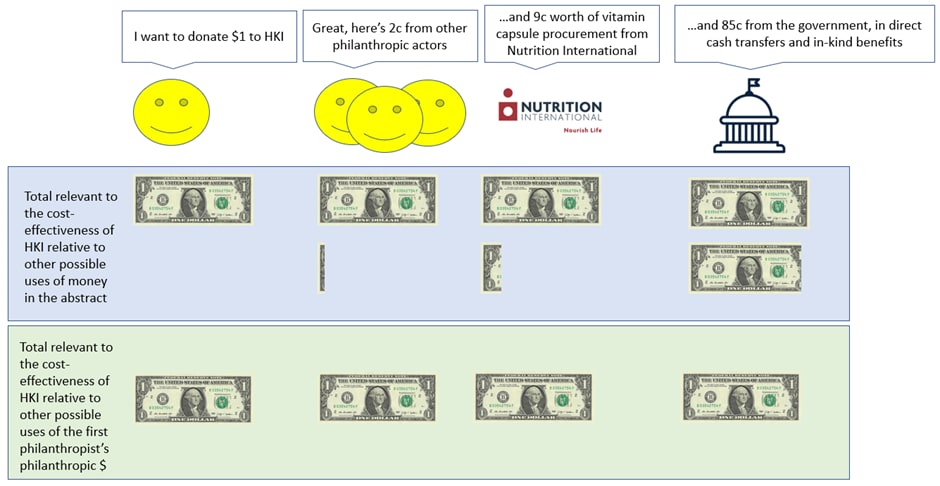I currently work with CE/AIM-incubated charity ARMoR on research distillation, quantitative modelling, consulting, and general org-boosting to support policy advocacy for market-shaping tools to incentivise innovation and ensure access to antibiotics to help combat AMR.
I previously did AIM’s Research Training Program, was supported by a FTX Future Fund regrant and later Open Philanthropy’s affected grantees program, and before that I spent 6 years doing data analytics, business intelligence and knowledge + project management in various industries (airlines, e-commerce) and departments (commercial, marketing), after majoring in physics at UCLA and changing my mind about becoming a physicist. I’ve also initiated some local priorities research efforts, e.g. a charity evaluation initiative with the moonshot aim of reorienting my home country Malaysia’s giving landscape towards effectiveness, albeit with mixed results.
I first learned about effective altruism circa 2014 via A Modest Proposal, Scott Alexander’s polemic on using dead children as units of currency to force readers to grapple with the opportunity costs of subpar resource allocation under triage. I have never stopped thinking about it since, although my relationship to it has changed quite a bit; I related to Tyler’s personal story (which unsurprisingly also references A Modest Proposal as a life-changing polemic):
I thought my own story might be more relatable for friends with a history of devotion – unusual people who’ve found themselves dedicating their lives to a particular moral vision, whether it was (or is) Buddhism, Christianity, social justice, or climate activism. When these visions gobble up all other meaning in the life of their devotees, well, that sucks. I go through my own history of devotion to effective altruism. It’s the story of [wanting to help] turning into [needing to help] turning into [living to help] turning into [wanting to die] turning into [wanting to help again, because helping is part of a rich life].



(Strongly upvoted and bookmarked for future reference)
You’ve probably seen zdgroff’s analysis, but just in case, would it have helped? He used a regression discontinuity design approach to analyse 800+ state policies that were the subjects of close referendums in U.S. states since 1900 and estimated that “passing a referendum increases the chance a policy is operative 20, 40, or even 100 years later by over 40 percentage points”, and found similar policy persistence “for a range of institutional environments, cultures, and topics”. Notably, he said, the hazard rate is much lower in later years (chart below).
My own main reservation about using zdgroff’s result, aside from Poland’s policy persistence possibly being different from that of the US, is that the future seems very uncertain generally, so I’m just unsure graphs like zdgroff’s will remain true going forward. So in your shoes I would’ve probably done a simple threshold analysis resulting in a series of hopefully decision-informing statements like (making up numbers) “we estimate Anima’s stop the farms work to be more cost-effective than [standard benchmark] if production takes longer than 1.2 years to increase elsewhere to meet demand”, where [standard benchmark] is the FAW equivalent of cash transfers or something (maybe AIM’s cage-free work in the Middle East?), and then contextualise by mentioning how this could take anywhere from a week to 20 years, affected by factors XYZ some of which may be affectable inputs into strategy. Not as simple as a single-number estimate unfortunately, but hopefully more informative?
I don’t have anything useful to say unfortunately, except that this has also been on my mind since Joseph asked a conceptually analogous question in a different context (“Should we consider this an example of economic growth? Is this just shifting spending/consumption from one place to another?”). So input on how to better think about this sort of “potential offset effect” seems useful, albeit probably heavily domain-specific so not that generalisable.